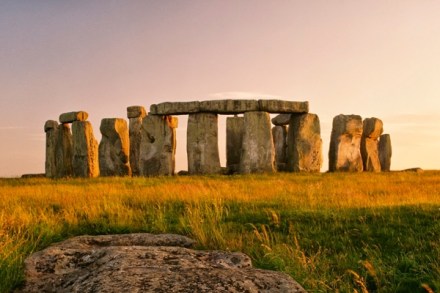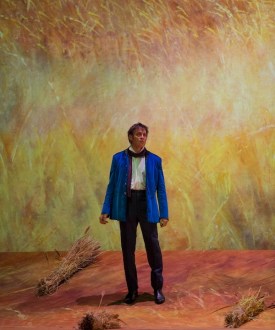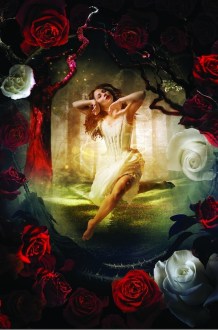Gusto galore from Boston Ballet
Those who lament sluggishness in contemporary stagings of Balanchine’s ballets — and those who are responsible for it — should have seen and learnt from Boston Ballet last week. Forget the funereal tempi we, in the old world, are forced to accept because of the killjoy aesthetics favoured by artistically challenged ballet directors and teachers.




